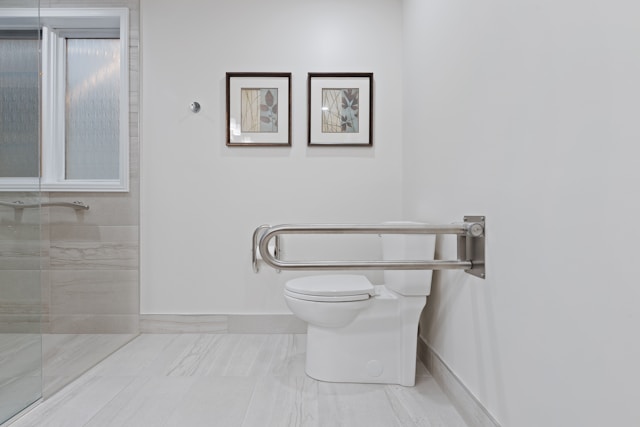Key Considerations For A Safe And Accessible Space
Creating an accessible and safe bathroom for individuals with disabilities is not just a convenience, but a necessity. Bathrooms can be dangerous places, especially for those with mobility challenges. Traditional layouts in older or smaller homes can present obstacles, but with thoughtful planning, a bathroom can be transformed into a safe, comfortable, and independent space.
When designing an accessible bathroom, there are three key principles to consider: accessibility, usability, and safety. Accessibility involves making sure the bathroom is easy to enter and exit, which may require widening doorways or removing obstacles. Usability focuses on the layout and placement of fixtures to ensure everything is within reach and easy to use. Safety is paramount, with features like grab rails and non-slip flooring to prevent falls and injuries.
Key elements of a disabled bathroom layout include sufficient space for maneuvering, an accessible shower or bath, height-appropriate fixtures, grab rails, and non-slip flooring. These elements enhance both safety and usability, making the bathroom functional and supportive for individuals with disabilities.
For those with mobility or sensory impairments, additional considerations like bright lighting, color contrast, and user-friendly technology can further improve accessibility. By thinking through the specific needs of the individual and focusing on accessibility, usability, and safety, a functional, safe, and inclusive bathroom space can be crafted.
In summary, designing an accessible bathroom is essential for individuals with disabilities. By incorporating key principles and elements, as well as considering special considerations for specific impairments, a bathroom can be transformed into a safe and supportive space for all users.
When designing an accessible bathroom, there are three key principles to consider: accessibility, usability, and safety. Accessibility involves making sure the bathroom is easy to enter and exit, which may require widening doorways or removing obstacles. Usability focuses on the layout and placement of fixtures to ensure everything is within reach and easy to use. Safety is paramount, with features like grab rails and non-slip flooring to prevent falls and injuries.
Key elements of a disabled bathroom layout include sufficient space for maneuvering, an accessible shower or bath, height-appropriate fixtures, grab rails, and non-slip flooring. These elements enhance both safety and usability, making the bathroom functional and supportive for individuals with disabilities.
For those with mobility or sensory impairments, additional considerations like bright lighting, color contrast, and user-friendly technology can further improve accessibility. By thinking through the specific needs of the individual and focusing on accessibility, usability, and safety, a functional, safe, and inclusive bathroom space can be crafted.
In summary, designing an accessible bathroom is essential for individuals with disabilities. By incorporating key principles and elements, as well as considering special considerations for specific impairments, a bathroom can be transformed into a safe and supportive space for all users.
